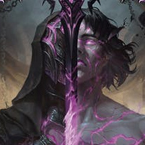The Living Legend format is the wild west. At least for the moment, it is an absolutely no-holds-barred promised land for the most powerful decks ever seen in the Flesh and Blood arena. The roster is sure to include a veritable who's who of the most polarizing heroes and cards in FaB's history, and the stakes - and prestige - will be high as the first ever rated Living Legend event: a Battle Hardened scheduled for Sunday, November 19th, the final day of the World Championship: Barcelona.
For many participants, this will be a chance to return to some old favorites that have been absent from the competitive CC format for a while. However, given the recent rapid growth of game, I'd wager that the majority of the current Flesh and Blood community wasn't around when Chane and Briar dominated the 2021 season, or for Starvo's reign of terror in 2022. Sure, they may be used to getting bopped by Three of a Kind + Rain Razors from Lexi or being overwhelmed with dragons by Dromai. But do they have any idea about the slowly tightening noose that was Prism's aura board state? Or the absurd explosive potential of a Fai armed with Stubby Hammerers? Probably not.
So how on Rathe is someone newer to the game supposed to figure out what the deal is with Living Legend? Well look no further my friends, because that's why we're here.
Legends of the Format
As we start to dive in, let's first take stock of the Living Legend heroes that join the Classic Constructed pool of heroes you're familiar with. It's safe to assume, based on their ability to achieve Living Legend status, that they'll be instrumental in shaping this format.
The Original Meta Triangle
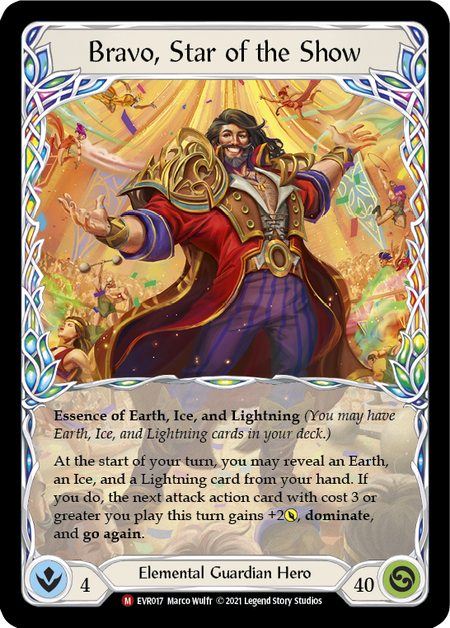
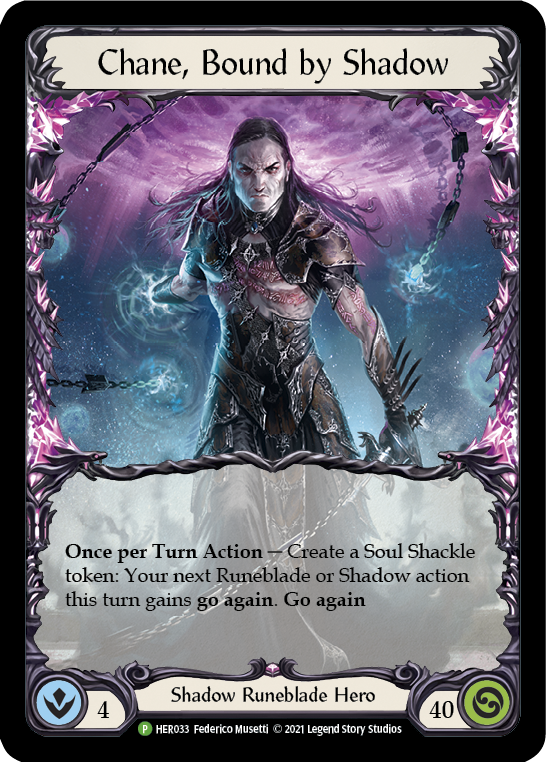

Straight Outta Aria

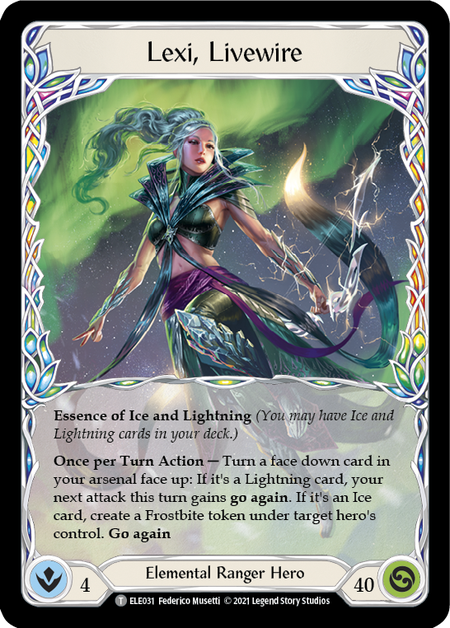
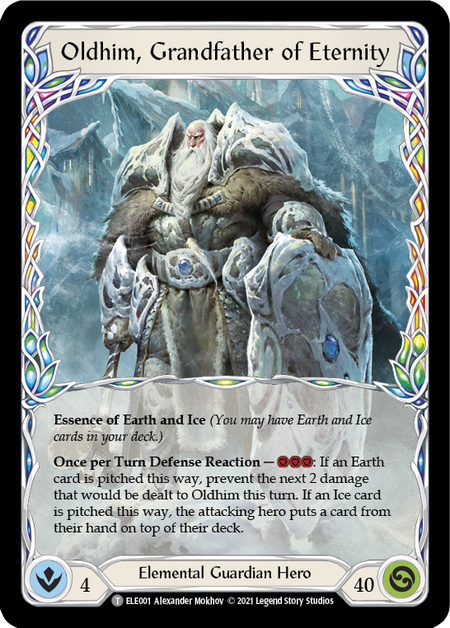
Also, here's a quick rundown of the current Banned and Suspended List for CC - because there are currently no bans in Living Legend format, these are important to keep in mind. Along with that, we need to consider the Signature Weapons that will be eligible for play in the format.
As a general rule, if something is strong enough to get banned in CC, it's probably worth consideration for LL.
Banned Cards
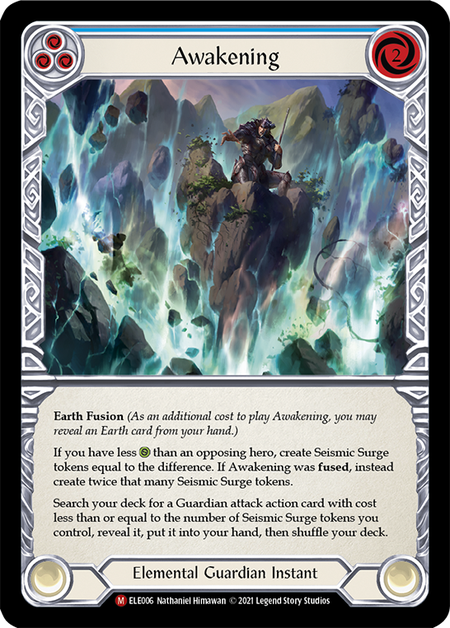
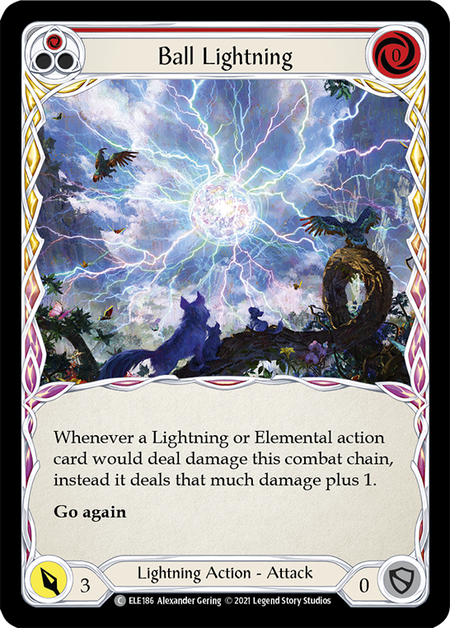
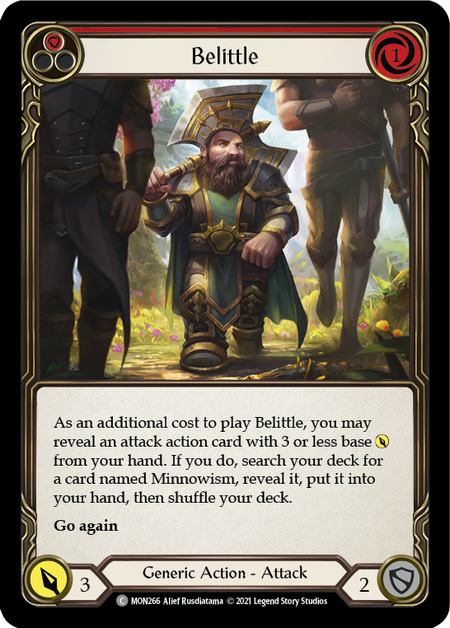

Awakening
Ball Lightning
Belittle
Bloodsheath Skeleta
Drone of Brutality
Duskblade
Plunder Run
Stubby Hammerers
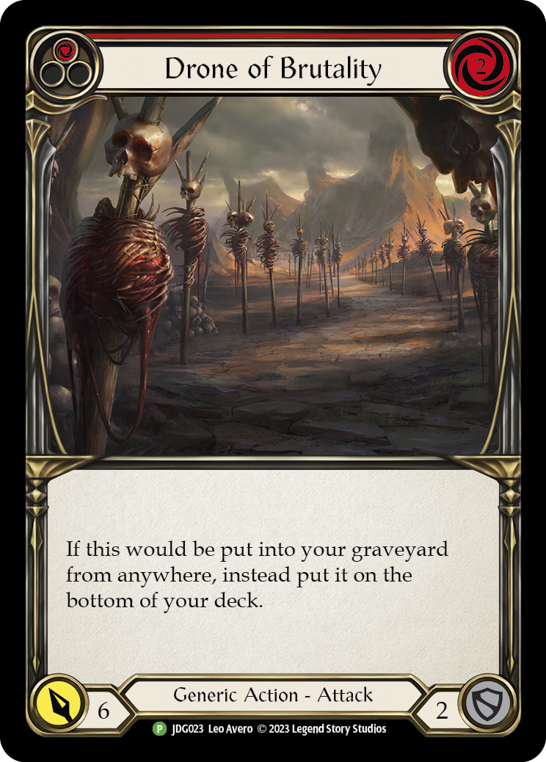
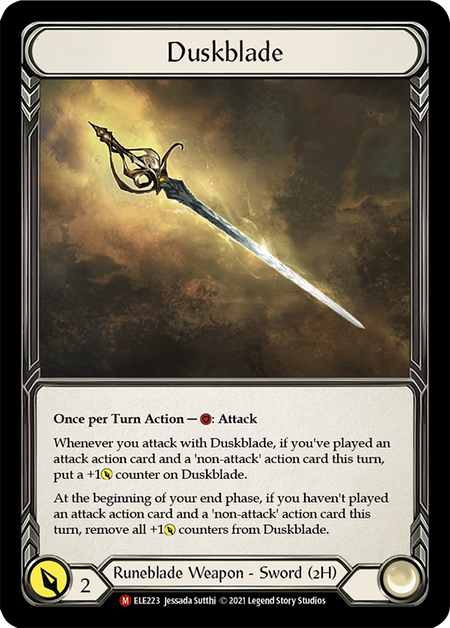
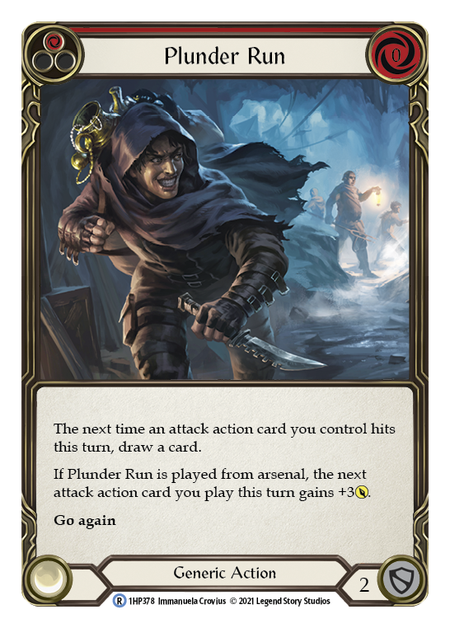

Suspended Cards
Amulet of Ice (Suspended until Iyslander LL)
Hypothermia (Suspended until Iyslander LL)
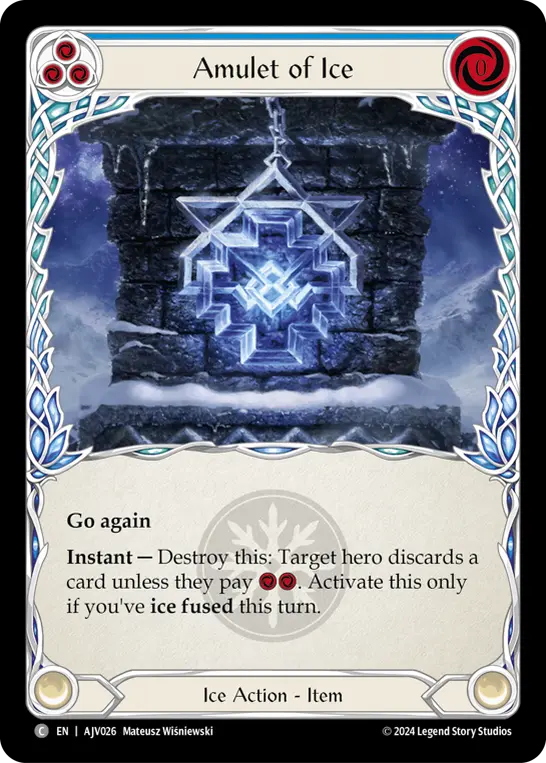
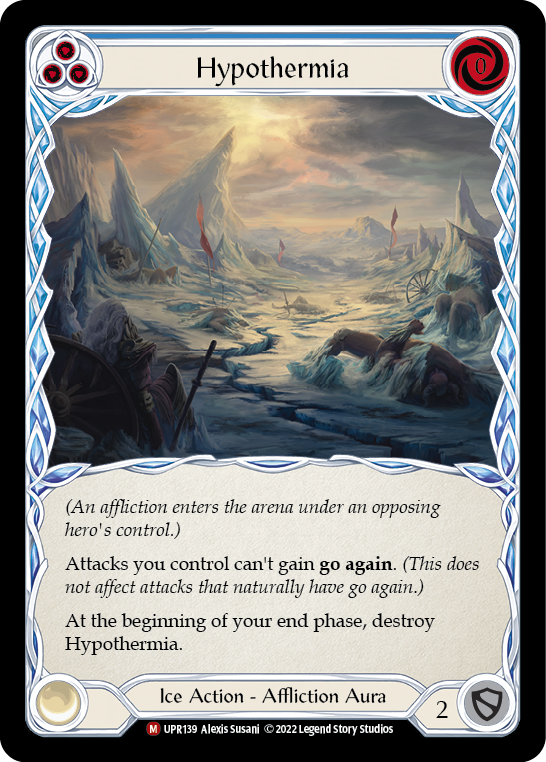
Seeds of Agony (Previously Suspended until Chane LL)
Bull's Eye Bracers (Previously Suspended until Lexi LL)
Pulse of Isenloft (Previously Suspended until Oldhim LL)
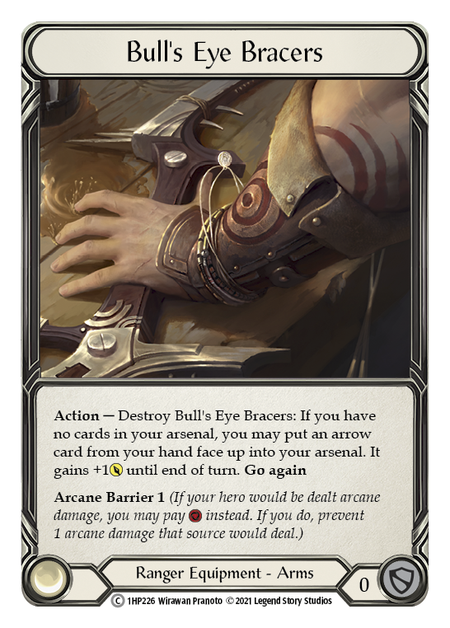
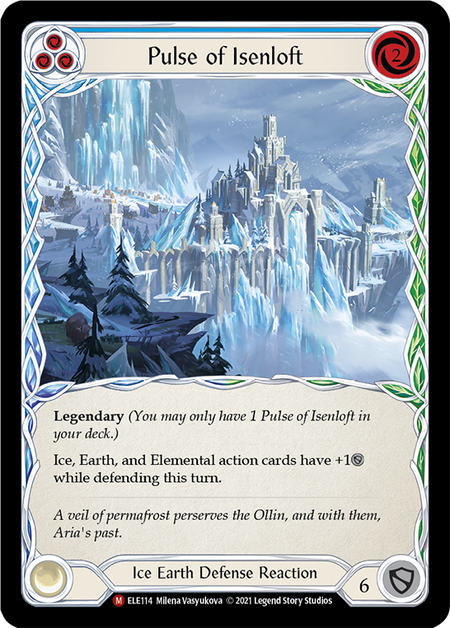
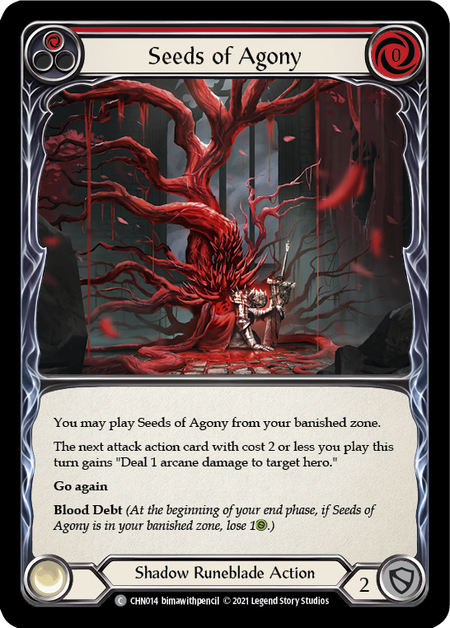
Returning Signature Weapons
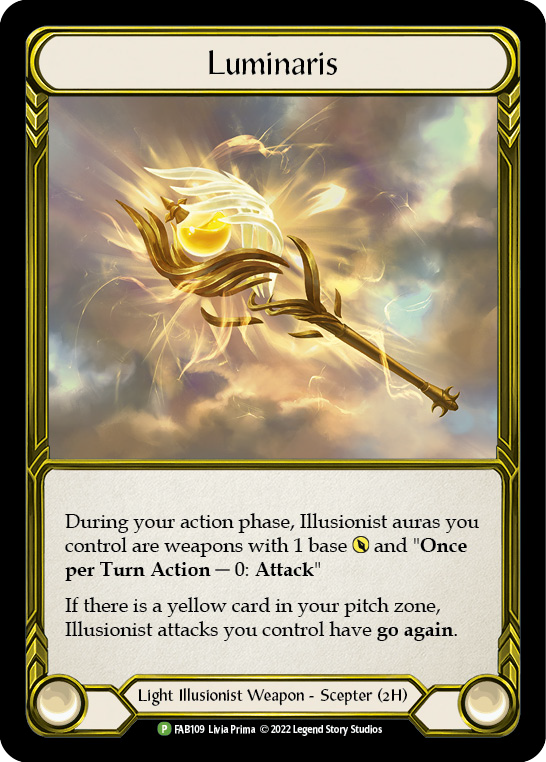
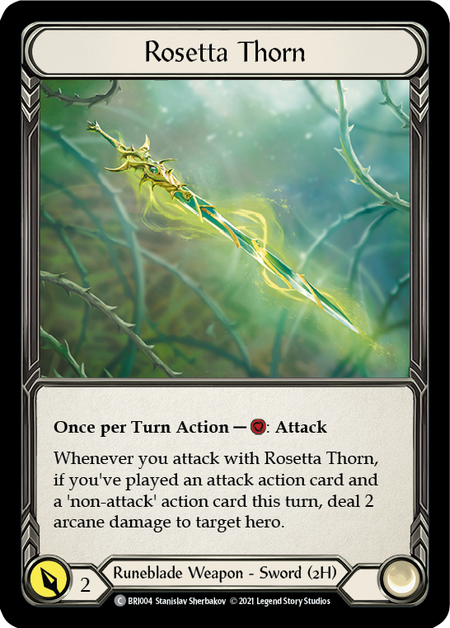
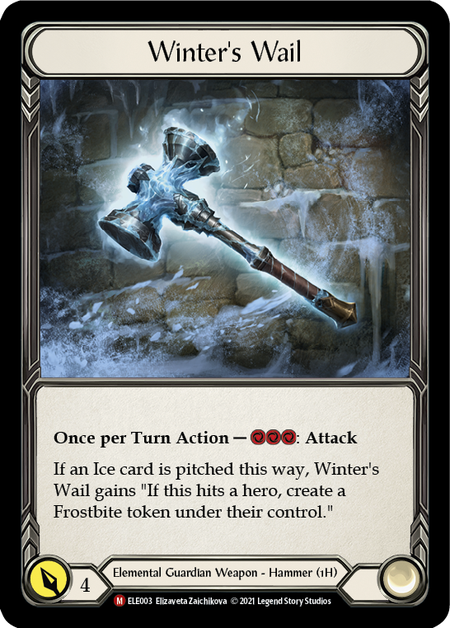
Galaxxi Black
Luminaris
Winter's Wail
Rosetta Thorn
Voltaire, Strike Twice
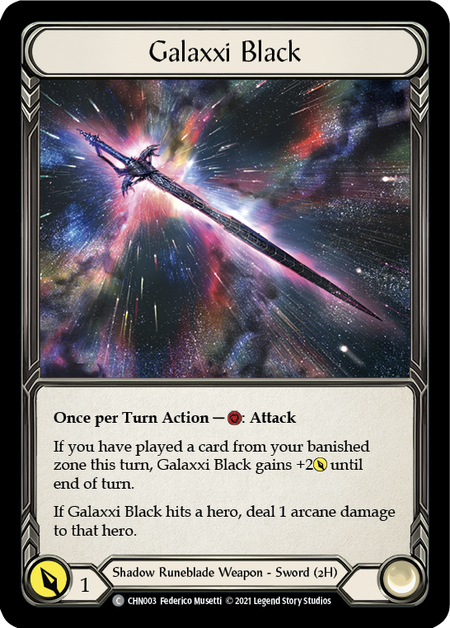
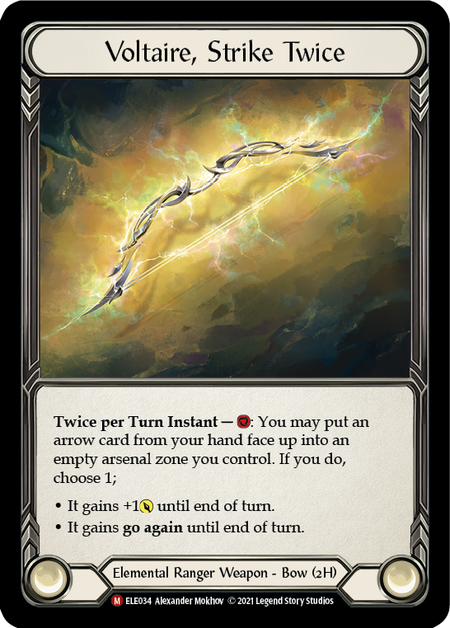
One of these things is not like the other - I almost left Galaxxi Black off this list as it doesn't quite measure up to its company, but for the sake of accuracy I left it.
Legendary Strategies
Several cards on this list are worth specifically calling out for their ability to singularly prop up entire decks. For starters, let's looking at the two most broken weapons we've seen in FaB.

LSS wisely made sure Duskblade could never be played in CC"(though it did get to run amok in Blitz for a while). At the time of its release, there was no remotely consistent way to stop Runeblades from swinging Duskblade turn after turn, until they were eventually swing a 1 for 10 weapon and winning the game. Arc Light Sentinel, Channel Lake Frigid, and Blizzard were as good as it got for answers at the time, and LSS wisely made sure Duskblade didn't see the light of day in CC (this was the era of peak Runeblade dominance).
There is better disruption available now though, so while I expect Duskblade to see play in Chane, I don't expect it to be the unstoppable force it originally appeared to be.

Luminaris is the singular reason that OG Prism could compete: a theoretically limitless number of action points on a given turn, for the minor cost of pitching a yellow. Luminaris allowed Prism to swing with her undercosted Herald attacks, and follow it up with her entire board full of auras for no additional cost. With access to a high number of auras featuring Spectra and the Light Illusionist auras also being Instants, it was all too easy for Prism to set up an insurmountable board state in just a few turn cycles. With all of the auras that stayed in play effectively turning into Kodachis, the extra damage each turn could stack up very quickly if you weren't able to keep the board clear.
If Prism, Sculptor of Arc Light or Prism, Awakener of Sol want to end up as features of the LL meta, you can bet they will be wielding the original Luminaris.


And now we get to the "I break the fundamental rules of Flesh and Blood" section of the banned list.
There was a time in the game’s history, before Runeblades had any XX cost cards, where Skeleta was an awesome, powerful tool to be leveraged into tempo. But everything changed with the printing of Sonata Arcanix. Instead of a chest equipment that could count for 6 resources, every extra Runechant you could muster could give you access to that many more cards and arcane damage. 40-60 damage turns are not meant to be commonly achievable in Flesh and Blood, but with the Skeleta + Sonata combo, Viserai could do that on the regular.
Similarly, Awakening is practically an undo button that actively rewarded Guardians for running a life deficit. Oh, you're down 5 life? How does a free Spinal Crush sound? Down 10 life (or 5 and have an extra Earth card to fuse)? Let's upgrade that to a free Pulverize. Two cards for 18 value is exceptionally strong. It's no surprise that either of these cards ended up getting the ban hammer in CC - and both are poised to feature prominently in LL decks.
Playing with the Big Boys Now
So now we come to the pillars of the format. While there are a good number of heroes capable of competing in Living Legend, in my mind there are two that stand above the rest and dictate the terms of engagement for the format: Chane and Starvo.
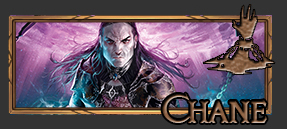


Chane is the original boogeyman of FaB. After people figured out the deck and Chane became a known quantity, they frequently still couldn't knock him off even with a target on his back. He has on-demand access to go again from his hero ability, and innate card advantage from his accumulation of Soul Shackles and density of Blood Debt cards, which makes him an offensive force to be reckoned with - particularly once he gets his shackles going.
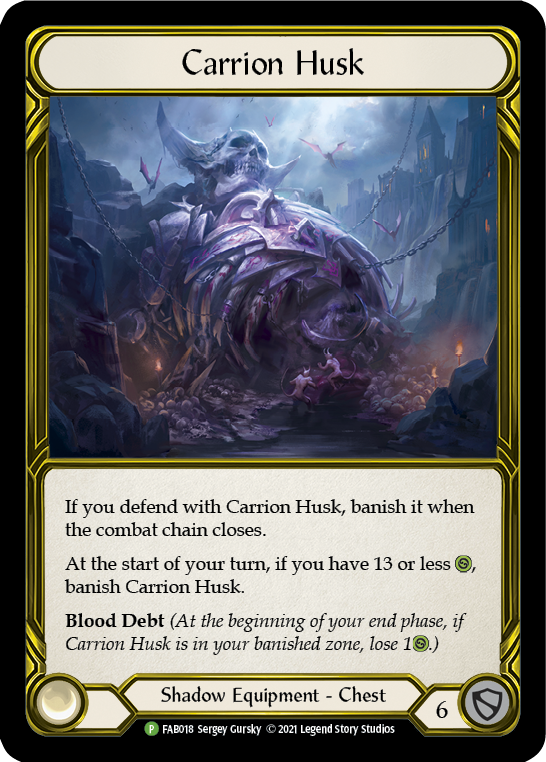
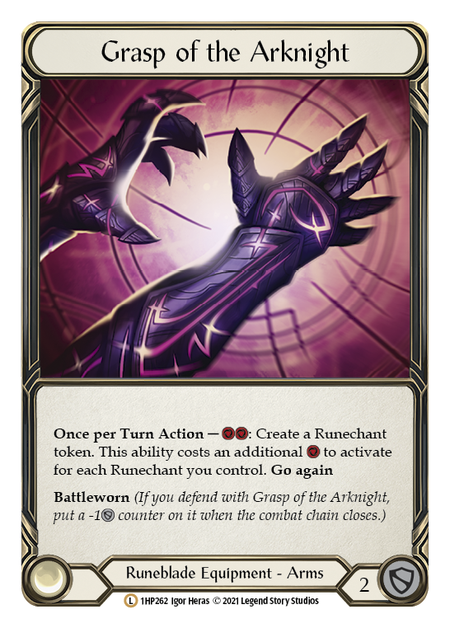
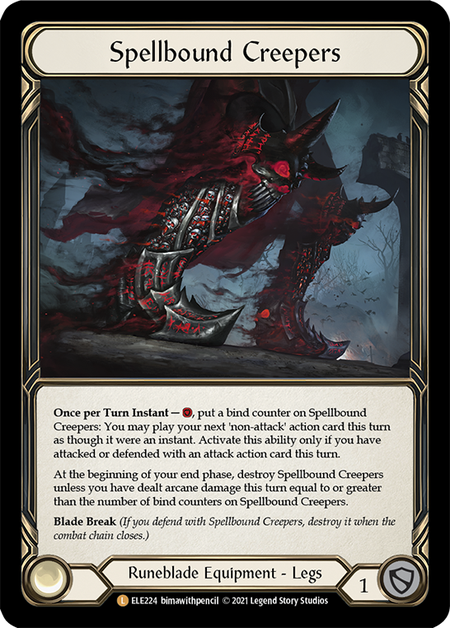
Chane also boasts one of the best equipment suites in the game, starting with 11 armor block in play and utilizing Carrion Husk to especially great effect.
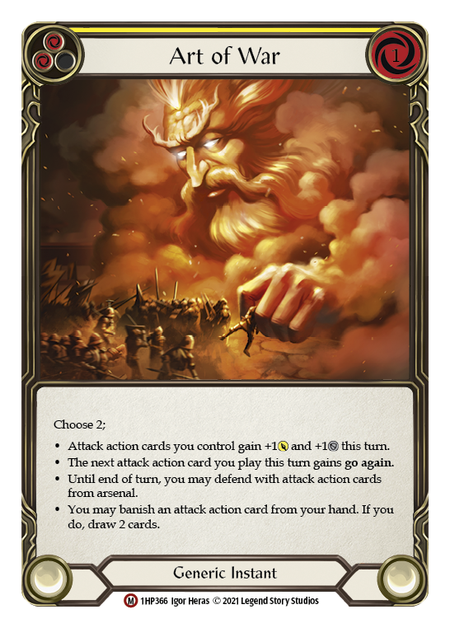
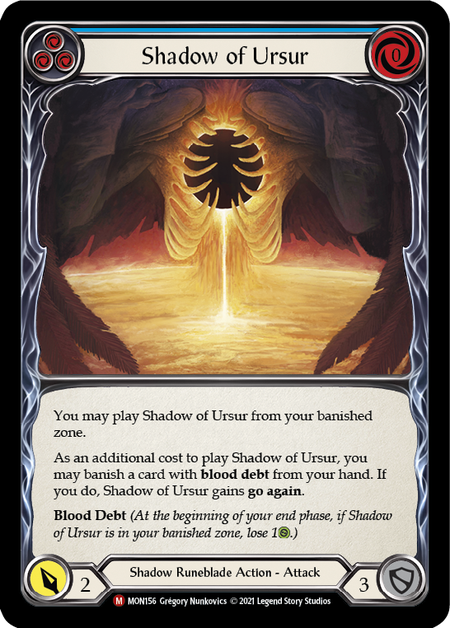
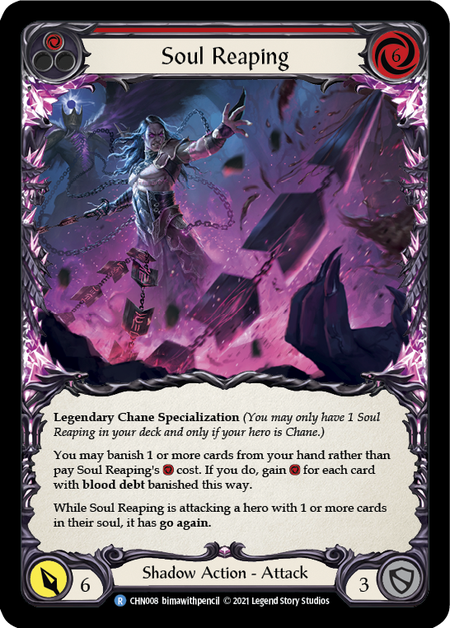
LL Chane gets to combine the best of all the past versions of himself. Soul Reaping and Art of War are auto includes, and the banned generics Plunder Run and Belittle make a reappearance to lend more consistency and card advantage to the deck.
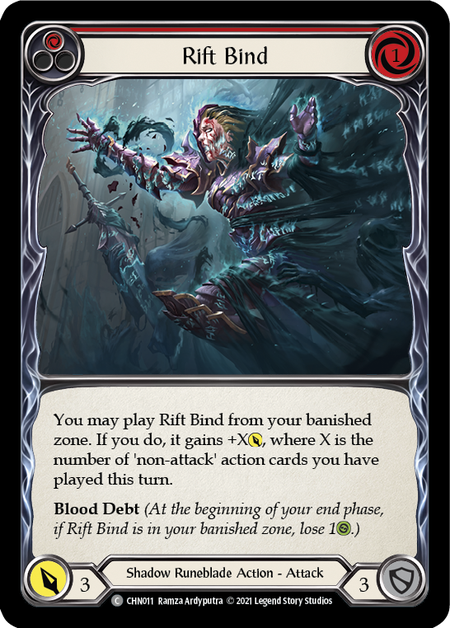
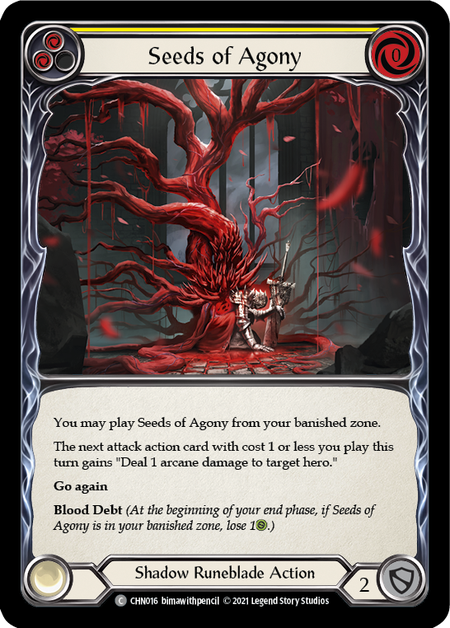
Seeds of Agony will have Rift Bind looking like an all-star once again, and will likely see play in more than just reds. As one of the simplest pitch stacking options FaB has to offer, you can set up a late game turn with a pile of Seeds and a few Rift Binds and easily threaten 20+ damage off a single card in hand.
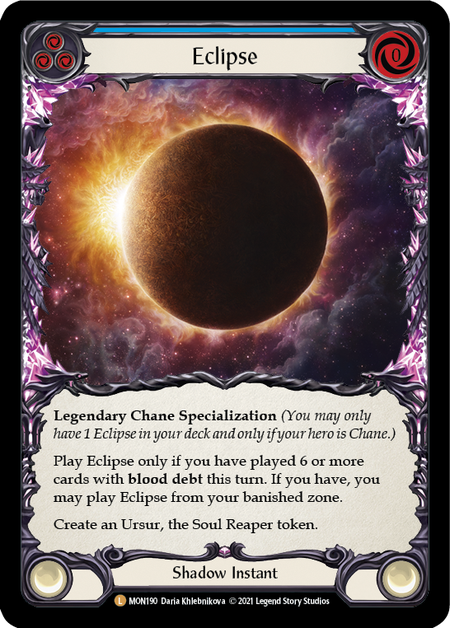
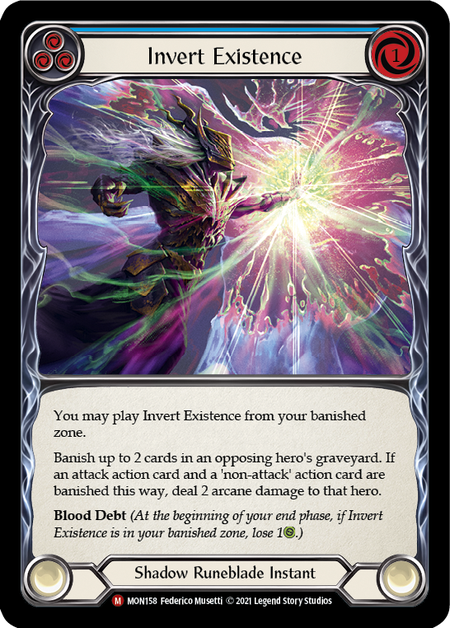
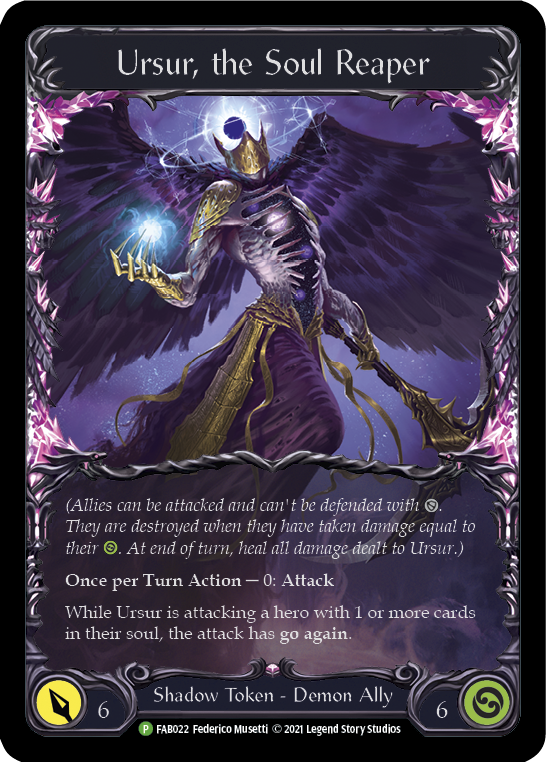
If the aggressive plan isn't enough, Chane can also bring in an anti-fatigue package to pull off an Eclipse turn and summon Ursur, the Soul Reaper, Chane's patron demon. However, we've come a long way from the days of Snag and Chains of Eminence being the best ways to try and fight back against the original Shadow Runeblade, and Chane players can expect to see plenty of card like Warmonger's Diplomacy, Hypothermia, Channel Lake Frigid, Blizzard, and Arc Light Sentinel as the other heroes in the format seek to reign in his otherwise inevitable endgame.
The presence of these disruptive cards, along with the general speed of the aggro matchups, will likely lead to Rosetta Thorn being the most commonly seen weapon for Chane.
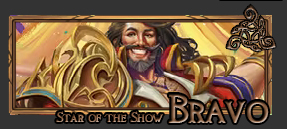


If disruption is your jam, look no further than format pillar number two. With access to an incredibly wide card pool, Starvo has a tool for every occasion (though his favorite is clearly Ice). Fyendal's Spring Tunic alongside Crown of Seeds became an iconic duo during Starvo and Oldhim's time in CC, and the two are happily reunited here, allowing for increasing fusion consistency and raw card advantage over the course of a longer game. Stalagmite also comes back for Bravo as an incredibly powerful defensive tool, frequently able to prevent 11 damage against Chane thanks to the frostbite ability.
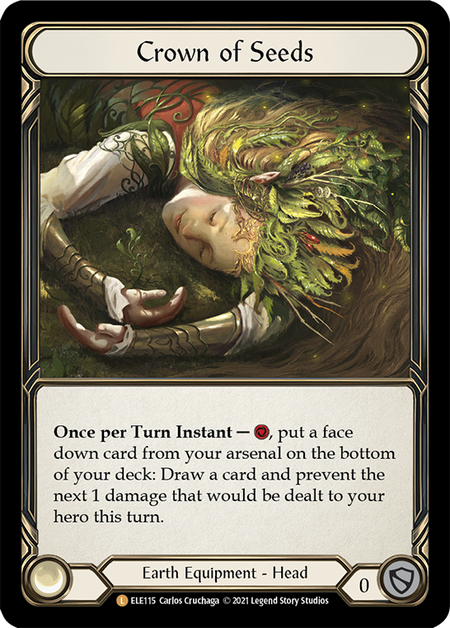
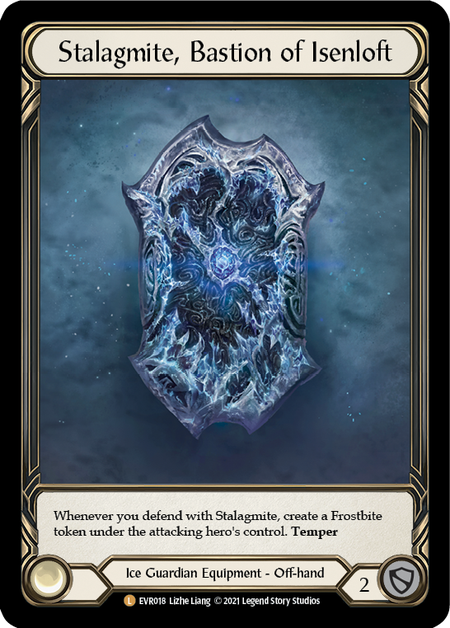
Featuring the Pulse cycle from Tales of Aria and a delicate balance of Earth, Ice, and Lightning cards, Starvo is often able to utilize his hero power with startling consistency. Combined with the best Guardian attacks Bravo has access to, this makes for a devastating combination.
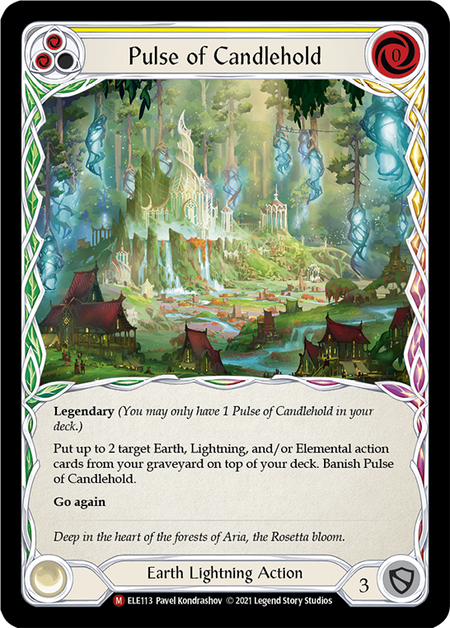

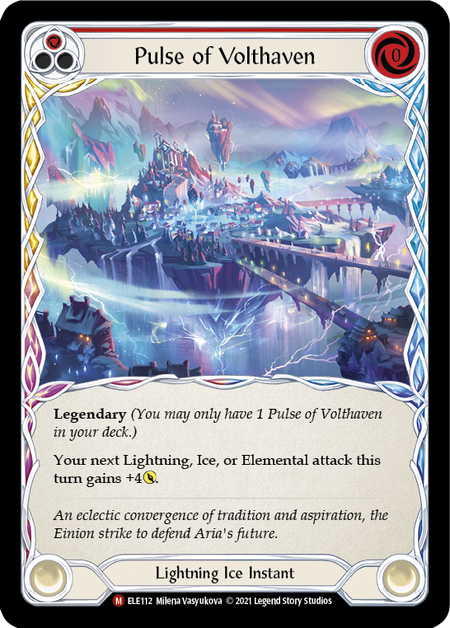
And even when it isn't one of Starvo’s 13-15 power attack actions, Starvo ability turns an Autumn's Touch into a 9-power attack with go again, most likely followed up by a "frosty 4" thanks to Winter's Wail. That is a 3-card, 13-damage turn with evasion thanks to Dominate and disruption in the form of a frostbite thanks to Winter's Wail. Not bad for an off turn.

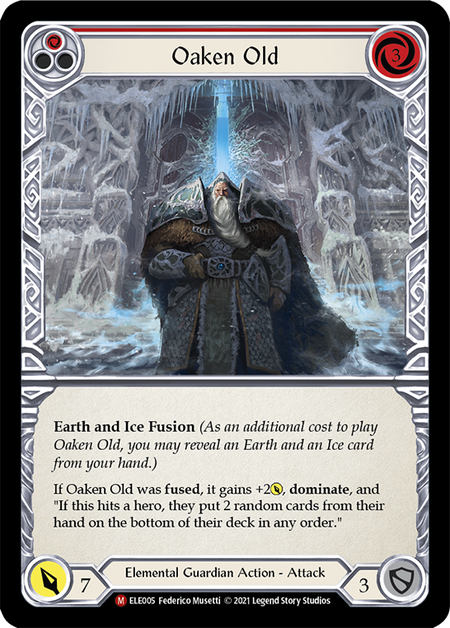
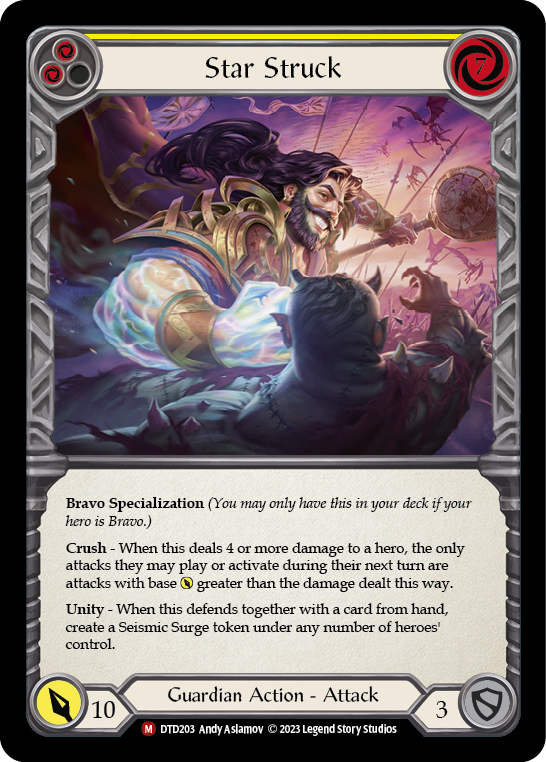
If you're an aggressive deck that is able to dodge his more devastating on-hits and are able to establish a life lead, don't count on it lasting for too long. Awakening acts as a get out of jail free card for Starvo, letting him tutor up whatever Guardian attack action he deems best (or can afford to play for free via Seismic Surges).
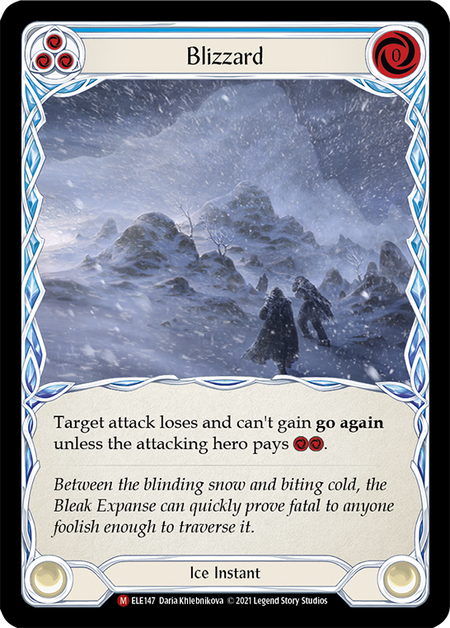
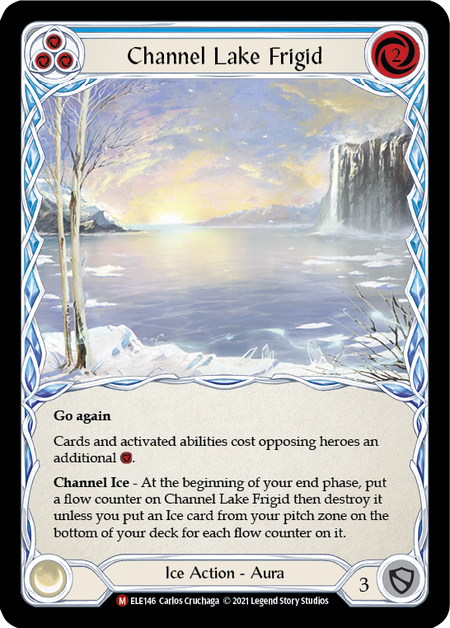
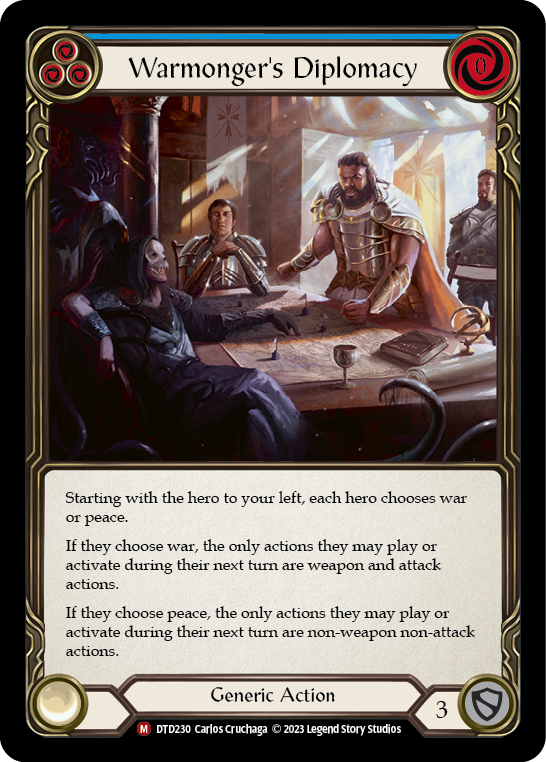
At the end of the Chane section, I mentioned several key disruptive cards that can mess with Chane's game plan, and it's no coincidence that the other format pillar plays four out of five of them. While Channel Lake Frigid and Blizzard are generically good into aggressive decks looking to run a lean cost curve, Warmonger's Diplomacy and Hypothermia are particularly brutal for Chane, as they fundamentally shut down the way Runeblades try and play the game.
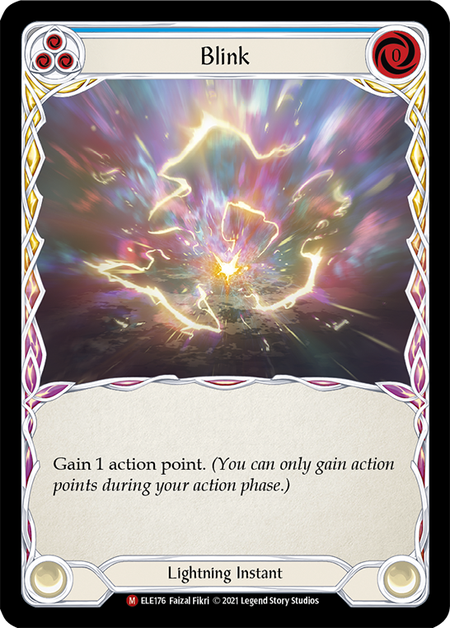
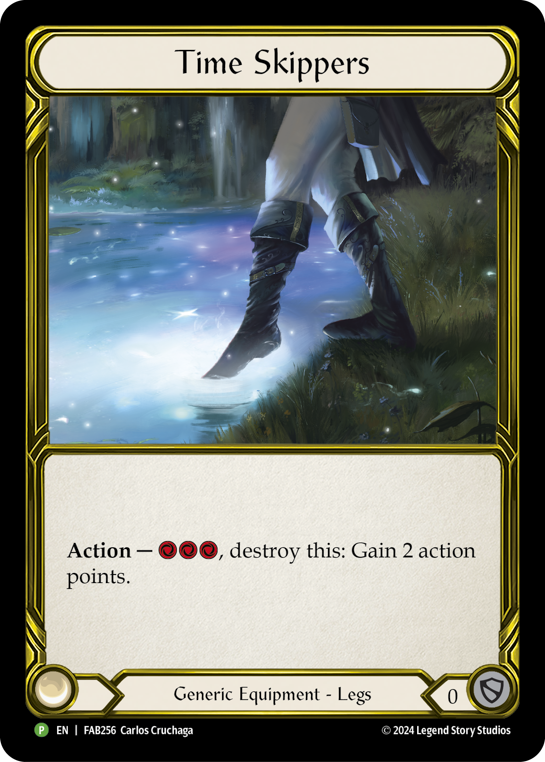
Historically, Illusionists have caused major headaches for Guardians, usually thanks to their lack of go wide options that makes it tough for them to keep up with a board state while threatening their opponent with any damage. Starvo has no such weakness though, and with his hero ability augmented by Blink and Time Skippers to help keep the board clear of Prism's auras, Starvo has the best matchup into Illusionists for any Guardian by a wide margin.
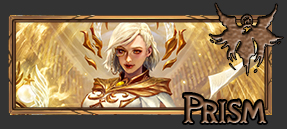


It wouldn't seem right to talk about Chane and Starvo in Part 1 of the Primer without talking about OG Prism as well. Where Chane operates primarily as an aggressive deck and Starvo as a control deck (not a fatigue deck, but a deck that controls the game via on-hits like Azalea), Prism operates along her own unique axis. Prism primarily seeks to assemble a board state that will accrue value for her over many turns.
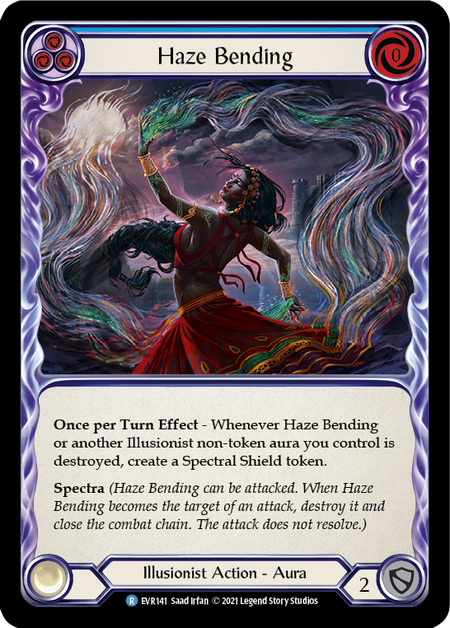
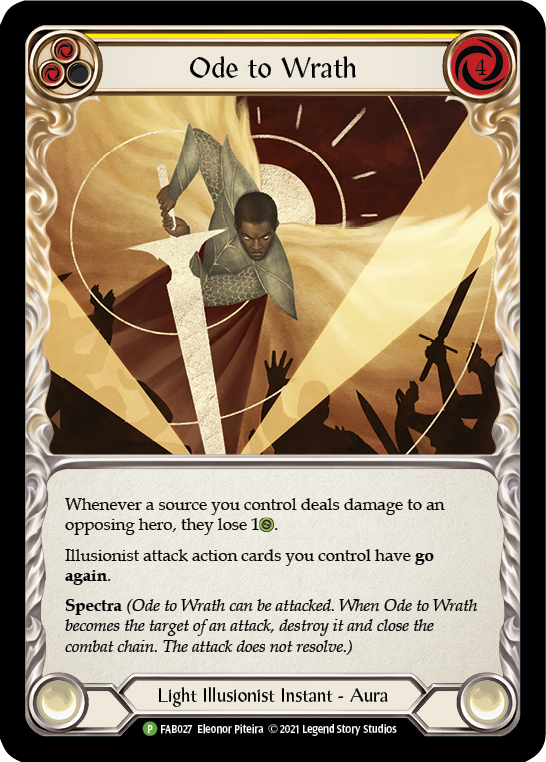
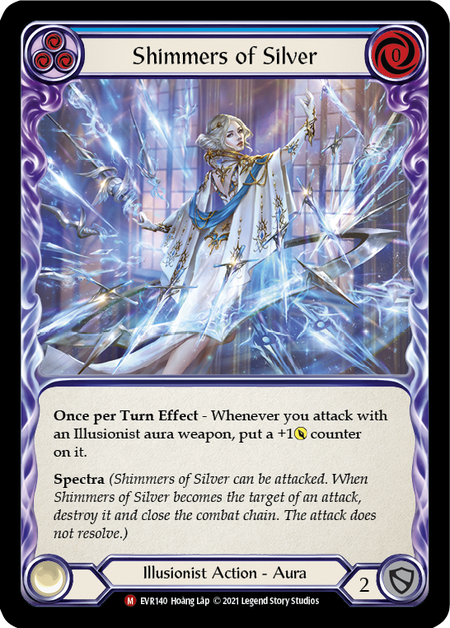
Luminaris turns all her auras into effectively free Kodachis, capable of pinging opponents to death in no time if left unchecked. While the Instant speed auras weren't oppressive during Prisms early time in CC, the addition of the new blue, 0-cost auras made it possible for Prism to consistently play 2 auras per turn.
Due to the way Spectra functions, it is rare that opposing heroes can clear two Spectra auras in the same turn, so Prism gets left with at least one, is insulated against an attack that would have otherwise gone at her face, and goes into her next turn trying to play out another pair of auras and continue gaining ground on her board state. This is the primary way she fights into Starvo.
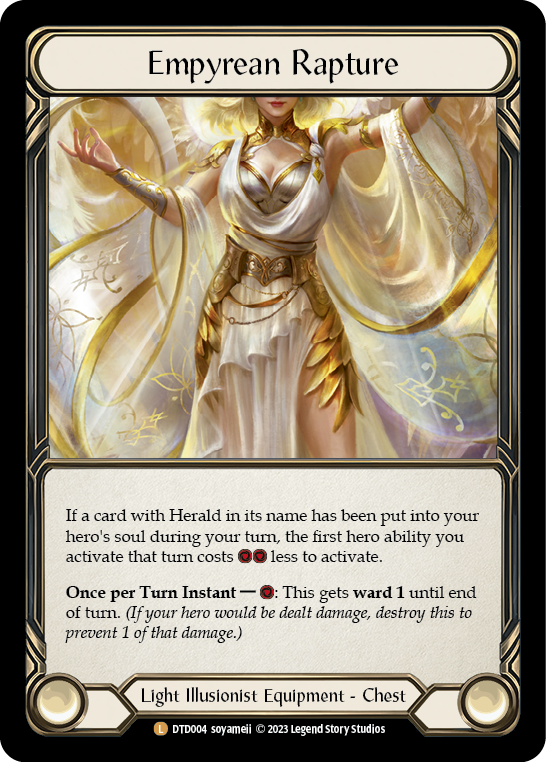
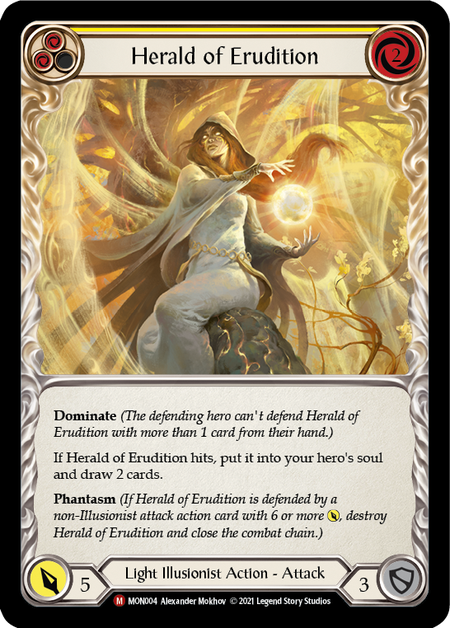
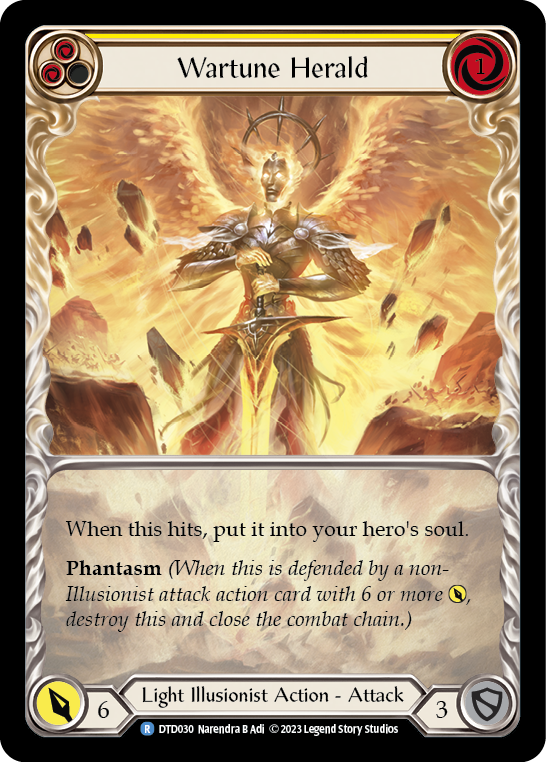
Don't let her petite frame fool you though, Prism also has access to some serious offense when she wants to. Herald of Erudition and Wartune Herald are exception powerful on rate, and Empyrean Rapture adds an extra two points of value to every Herald hit if you're running it in a given matchup.
Additionally, Miraging Metamorph, Phantasmal Symbiosis, and Phantasmaclasm are all ready and waiting to make poppers looks foolish in the right spots.
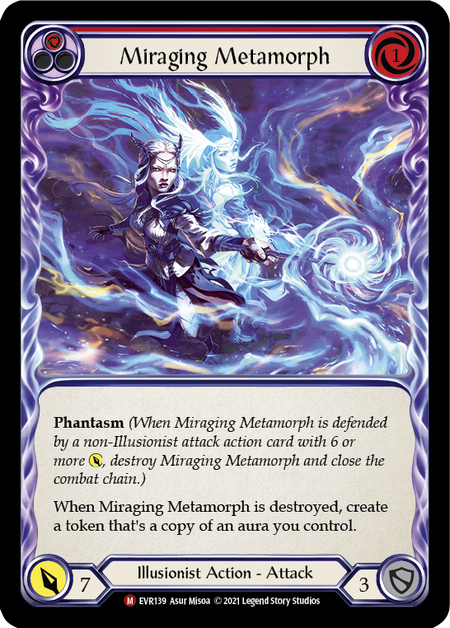

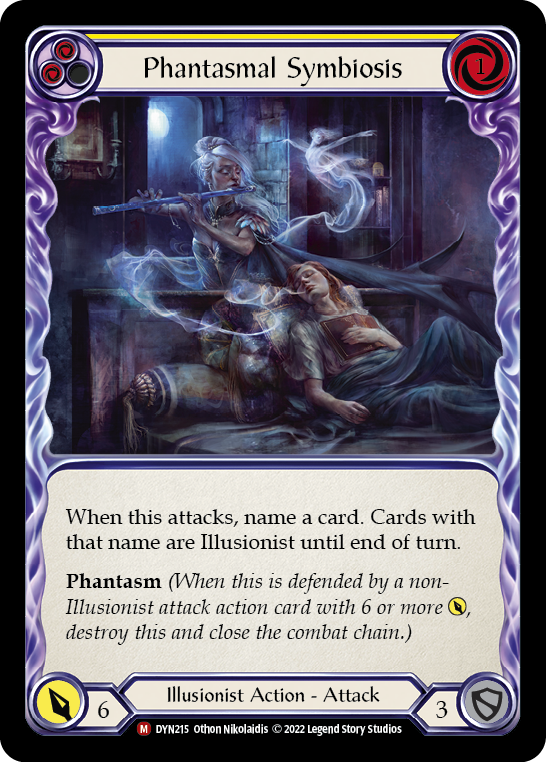
Against Chane, Prism has to walk a fine line between being aggressive, building a board state, and fatigue. Getting some auras into play early and pressuring Chane as he builds up Soul Shackles will tax his resources and should mitigate his mid-game offense. At the same time, stashing a Warmonger's Diplomacy or Arc Light Sentinel in arsenal for a key later turn can allow her to shut down Chane's turn at a pivotal moment and force him to take a large amount of Blood Debt that he won't be able to clear.
The Format's Foundation
That's all for now, but be sure to come back next week for Part II of the Living Legend Primer, where I'll be going over decks and strategies for eight more heroes looking to make their presence in the format known!
In the meantime, feel free to follow the links below to classic articles covering the Big 3 in their prime.
The Pro Quest season may be your last chance for a while to run Chane in Classic Constructed. If you're hoping to get in on Chane's winning streak, Kevin Brayer shares his 11th place Pro Tour deck, along with some tips and tricks he learned piloting Chane to those heights.
by: Kevin Brayer
Fresh off his first place finish at The Calling: Indianapolis, Michael Hamilton shares his strategy into the major competitors in the Everfest Classic Constructed meta.
by: Michael Hamilton
Last November, Tyler Horspool piloted Prism to an unexpected first place finish at The Calling: Las Vegas. Driven to the shadows by Briar, Prism is primed for a comeback.





